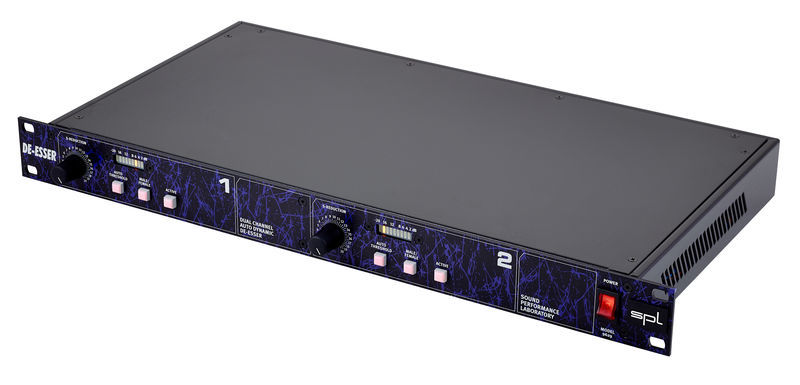

The green parts of the waveform show the sibilant points in the audio. Taking the time to learn the de-essing process, and good vocal treatment techniques, will make your voiceover audio sound smooth and polished. The reason you need to address sibilance is that it can be really annoying or even painful to listen to, making your projects sound unprofessional. Eventually you’ll feel a burst of air on your face with each sibilant consonant. Notice how as you get closer, the sibilant letters become more noticable.

Start by standing on opposite sides of the room, and slowly move closer together until your ears are as far from their mouth as you would place a microphone. If you have a friend with you, get them to say the word “sentence” repeatedly. When you're listening to people talk, you don't put your ear right next to their mouth – but that’s exactly where you put the microphone. The reason sibilance arises in recorded audio and voiceovers is due to the microphone being so close to the mouth. In the real world, harsh high frequencies will have died down by the time they reach your ear, having actually been absorbed a little by the air itself. When you are listening to people in normal, unamplified conversation (eg, friends sitting around a table), these high frequencies don’t seem as harsh as when recorded into a microphone. In day-to-day life, sibilance isn’t that noticeable. Since the sound is caused by air moving through the teeth and lips, guided by the tongue, the varying shapes and sizes of people’s mouths will have an impact on the exact nature of the sibilance – factors such as teeth gaps, respiratory health, and posture can have an effect too. The sibilant frequencies are generally between 4kHz and 10kHz, however there will be variation between each speaker. To get a clearer look, try recording yourself and using a frequency spectrum visualiser to analyse the frequencies for each consonant. Notice the varying sonic qualities of each letter, how consonants differ in pitch and frequency content. These words all begin with sibilants – if you sustain the first consonant of each word the sibilance will be emphasized.


You can hear it clearly in words such as ‘sip’, ‘zot’ and ‘shard’. Sibilants are consonants with high amplitude and pitch, they are produced when air is directed towards the teeth by the tongue. Sibilance is the term used to describe a phonetic characteristic of speech.


 0 kommentar(er)
0 kommentar(er)
